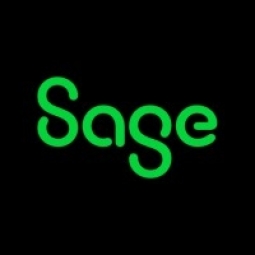公司规模
SME
地区
- America
国家
- Canada
产品
- Sage 500 ERP
技术栈
- Windows-based ERP system
- Radio frequency bar-coding system
实施规模
- Enterprise-wide Deployment
影响指标
- Productivity Improvements
- Cost Savings
技术
- 功能应用 - 企业资源规划系统 (ERP)
适用功能
- 离散制造
- 销售与市场营销
用例
- 自动化制造系统
- 库存管理
服务
- 系统集成
关于客户
T&J Furniture Manufacturing Ltd. 是一家家族式家具制造公司,总部位于加拿大安大略省。该公司已运营 20 多年,并已发展成为一家强大的国际竞争对手。T&J Furniture 的 Visions Elite 实木家具系列包括卧室系列、娱乐单元、正式餐厅、主卧套房和衣橱,采用橡木、松木、白蜡木、樱桃木、枫木和赤杨木等北美优质木材制成。该公司在安大略省南部的工厂采用高科技制造工艺,并通过北美和世界其他地区的独立和连锁零售店分销其产品。T&J Furniture 的款式在《加拿大木工杂志》上广受好评,该公司于 2003 年荣获加拿大家居装饰奖。
挑战
T&J Furniture Manufacturing Ltd. 是一家家族式家具制造公司,总部位于加拿大安大略省,其原有的基于 UNIX 的会计软件面临挑战。公司的发展已超出了该系统的承受范围,导致数据完整性问题和信息访问困难。用于制造和分销的独立系统不是基于 Windows® 的,因此数据集成很困难。现场代表无法轻松访问订单信息,因此很难回答客户问题。该公司决定是时候更新其业务系统以适应其高科技制造流程了。
解决方案
T&J Furniture 选择实施 Sage 500 ERP,这是一个基于 Windows 的系统,集速度、数据完整性和公司各部门之间的无缝连接于一体。该系统管理从订单输入到应付账款的所有事务,并将外币转换为加元,以快速集中数据。它还与仓库中现有的射频条形码系统和传统运输系统无缝集成。Sage 500 ERP 的另一个重要优势是能够生成合并财务报告,将 T&J 的所有财务数据汇总在一起进行战略管理。该系统简化了 T&J 的应收账款和应付账款,每周节省了大约一天的工作时间。
运营影响
数量效益

Case Study missing?
Start adding your own!
Register with your work email and create a new case study profile for your business.
相关案例.
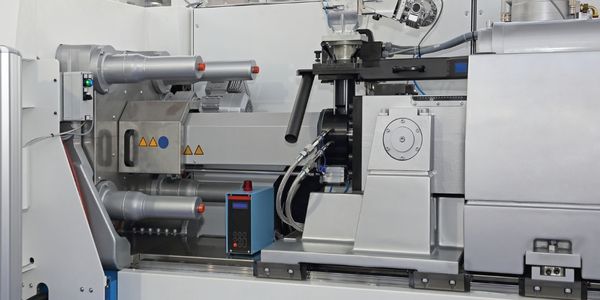
Case Study
Plastic Spoons Case study: Injection Moulding
In order to meet customer expectations by supplying a wide variety of packaging units, from 36 to 1000 spoons per package, a new production and packaging line needed to be built. DeSter wanted to achieve higher production capacity, lower cycle time and a high degree of operator friendliness with this new production line.
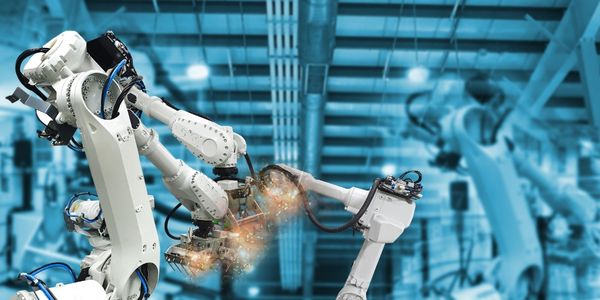
Case Study
Robot Saves Money and Time for US Custom Molding Company
Injection Technology (Itech) is a custom molder for a variety of clients that require precision plastic parts for such products as electric meter covers, dental appliance cases and spools. With 95 employees operating 23 molding machines in a 30,000 square foot plant, Itech wanted to reduce man hours and increase efficiency.

Case Study
Hospital Inventory Management
The hospital supply chain team is responsible for ensuring that the right medical supplies are readily available to clinicians when and where needed, and to do so in the most efficient manner possible. However, many of the systems and processes in use at the cancer center for supply chain management were not best suited to support these goals. Barcoding technology, a commonly used method for inventory management of medical supplies, is labor intensive, time consuming, does not provide real-time visibility into inventory levels and can be prone to error. Consequently, the lack of accurate and real-time visibility into inventory levels across multiple supply rooms in multiple hospital facilities creates additional inefficiency in the system causing over-ordering, hoarding, and wasted supplies. Other sources of waste and cost were also identified as candidates for improvement. Existing systems and processes did not provide adequate security for high-cost inventory within the hospital, which was another driver of cost. A lack of visibility into expiration dates for supplies resulted in supplies being wasted due to past expiry dates. Storage of supplies was also a key consideration given the location of the cancer center’s facilities in a dense urban setting, where space is always at a premium. In order to address the challenges outlined above, the hospital sought a solution that would provide real-time inventory information with high levels of accuracy, reduce the level of manual effort required and enable data driven decision making to ensure that the right supplies were readily available to clinicians in the right location at the right time.
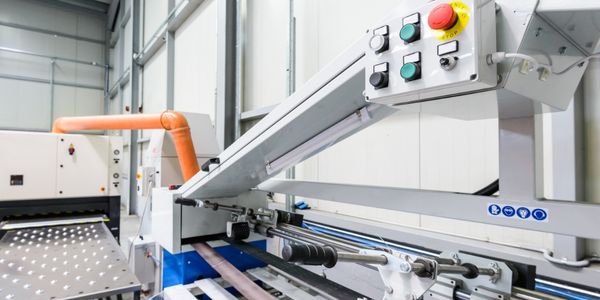
Case Study
Fully Automated Visual Inspection System
Tofflon has developed a fully automatic machine that uses light to inspect vials, medicine bottles, or infusion containers for glass fragments, aluminum particles, rubber grains, hairs, fibers, or other contaminants. It also detects damaged containers with cracks or inclusions (microscopic imperfections), automatically removing faulty or contaminated products. In order to cover all production processes for freeze-dried pharmaceuticals, Tofflon needed to create an open, consistent, and module-based automation concept.
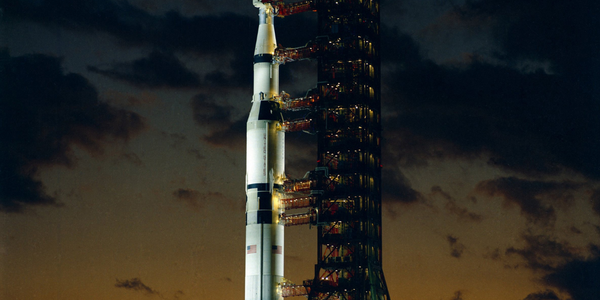
Case Study
SAP Leonardo Enabling Rocket Science
At times, ULA has as many as 15 different operating systems dedicated to overlapping processes, such as rocket design, testing, and launch. Multiple systems created unnecessary costs and unwanted confusion among workers at offices, factories, and launch sites in different location. In order to improve collaboration and transparency during vital activities that directly influence mission success, ULA wanted to improve data sharing and streamline manufacturing processes.




